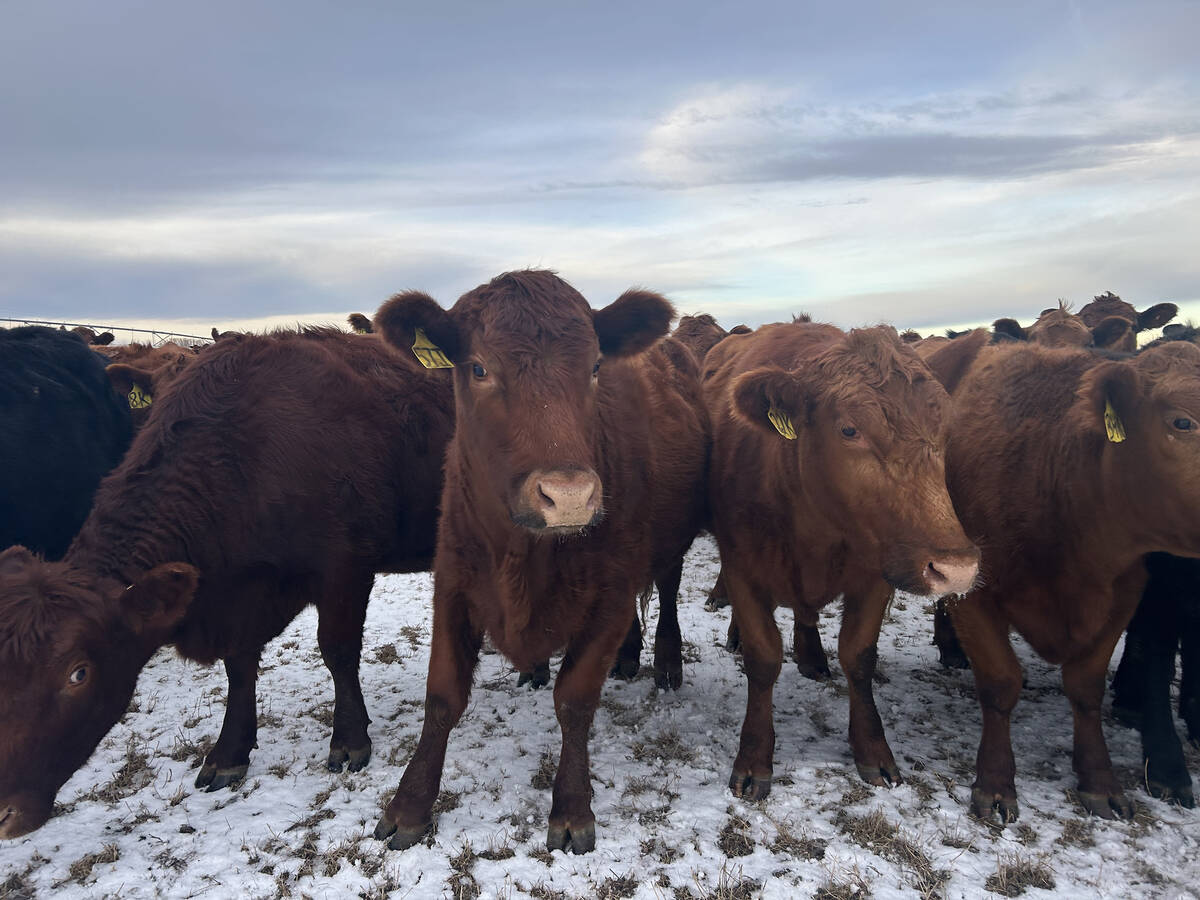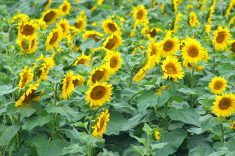A relatively new disease in soybeans has officially made the jump into southwestern Ontario from the U.S., according to provincial specialists.
Albert Tenuta, a field crop pathologist with Ontario’s agriculture ministry in Guelph, said in a provincial newsletter Friday that infections with soybean vein necrosis virus (SVNV) have been confirmed in soybean plants the ministry collected in Kent and Elgin counties the previous week.
The virus belongs to the tospovirus group, which includes tomato spotted wilt virus, among others, and is known to be carried on certain insects such as thrips. It’s assumed SVNV follows similar vectors, and that it may be possible to manage the disease by controlling such insect vectors.
Read Also

Feed Grain Weekly: Prices levelling as demand wanes
Soft demand has feed grain prices levelling off, said Darcy Haley, vice-president of Ag Value Brokers in Lethbridge, Alta.
"The hot and mostly dry conditions this year were good for not only spider mites but thrips as well," Tenuta wrote.
"There is not a lot known about SVNV and many questions need to be answered before we get a better understanding of the potential impact of this new disease in Ontario."
SVNV was first identified in Tennessee in 2008 and has since been reported in at least 15 states, including Great Lakes states such as Michigan, Ohio, New York, Pennsylvania, Illinois and Indiana.
It’s most likely, however, that the virus has been present in soybeans for years and has been misdiagnosed, Tenuta wrote. The disease’s symptoms look very similar to conditions such as cercospora leaf blight, scald (sunburn), and plant stress response.
Symptoms often begin as light green to yellow (chlorotic) patches near the main veins which may enlarge and eventually become brown (necrotic, or dead) areas, eventually killing the leaves and desiccating the plant.
The plant’s veins may appear clear, yellow or dark brown in colour and in some, but not all cases, the browning of the veins may be "especially noticeable" on the lower leaf surface, Tenuta wrote.
Purdue University, which recently confirmed the disease in Indiana, said on Sept. 4 the severity of the symptoms in affected plants "appears to be variety-dependent" and noted symptoms may also be confused with injury from ACCase (Group 1) herbicides.
"At this point in time we do not recommend that growers change soybean production practices in response to detection of SVNV," Purdue plant pathologists wrote in a separate newsletter.














